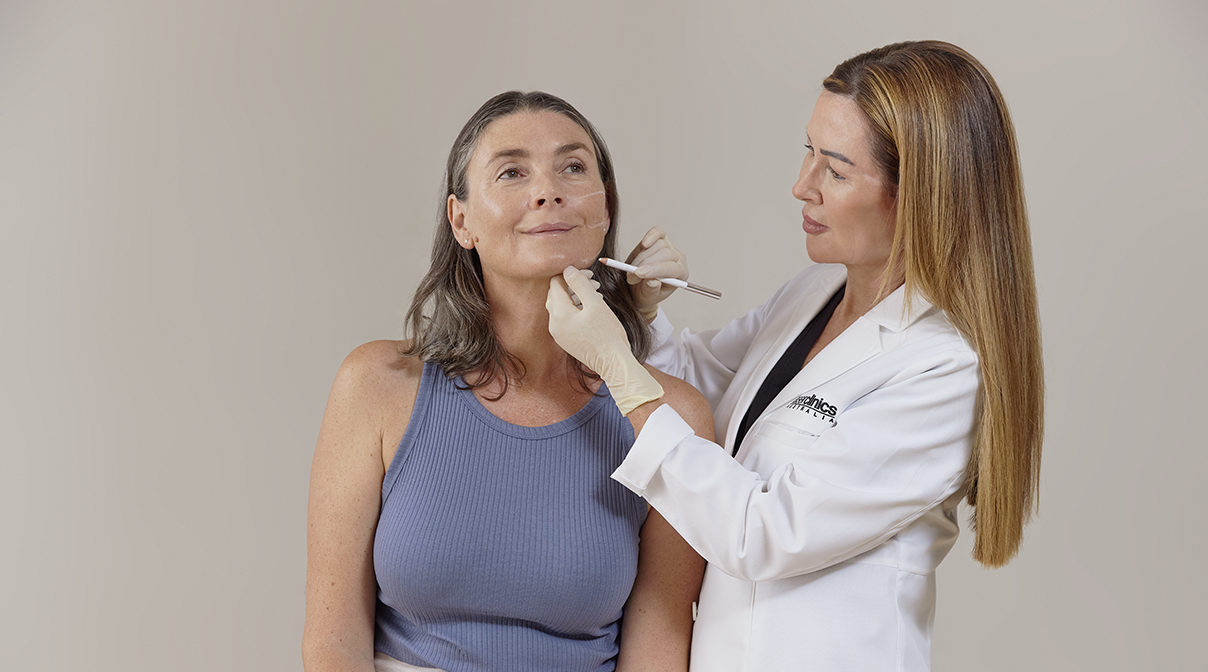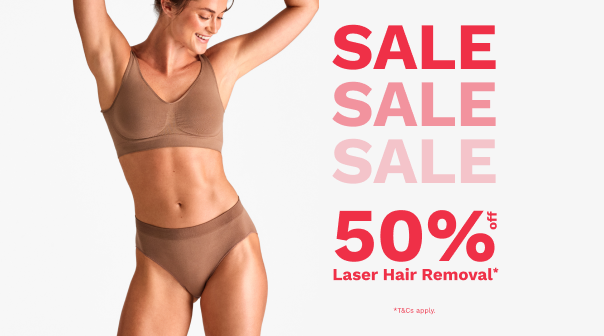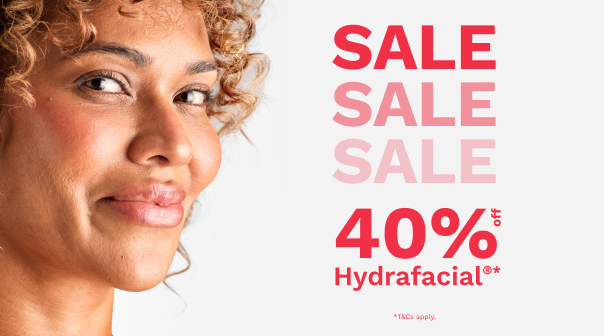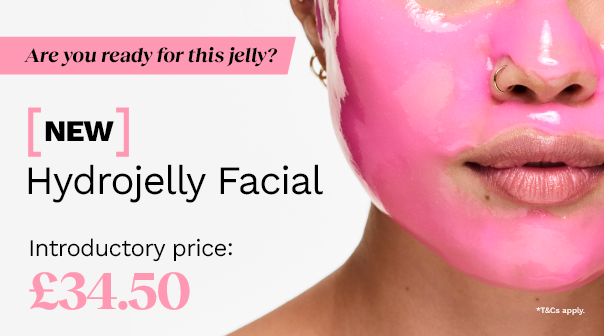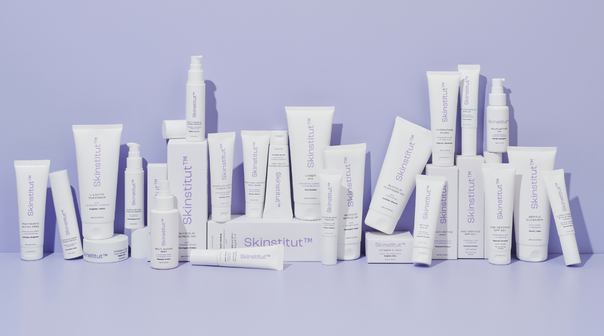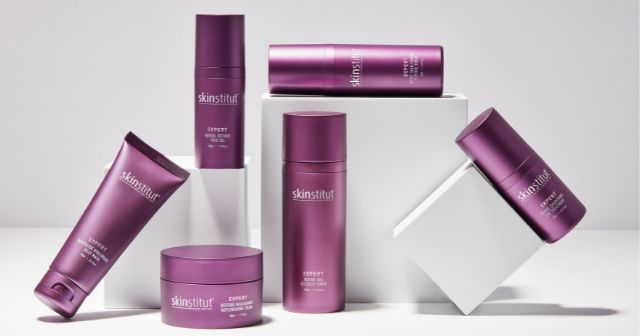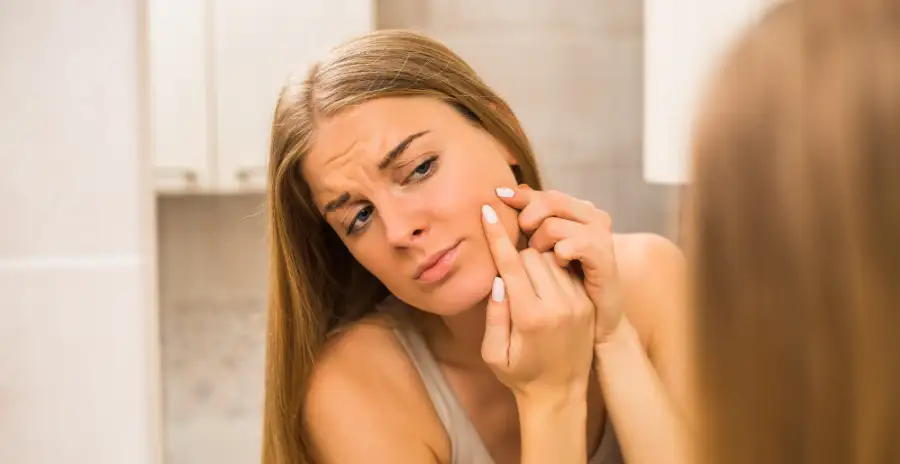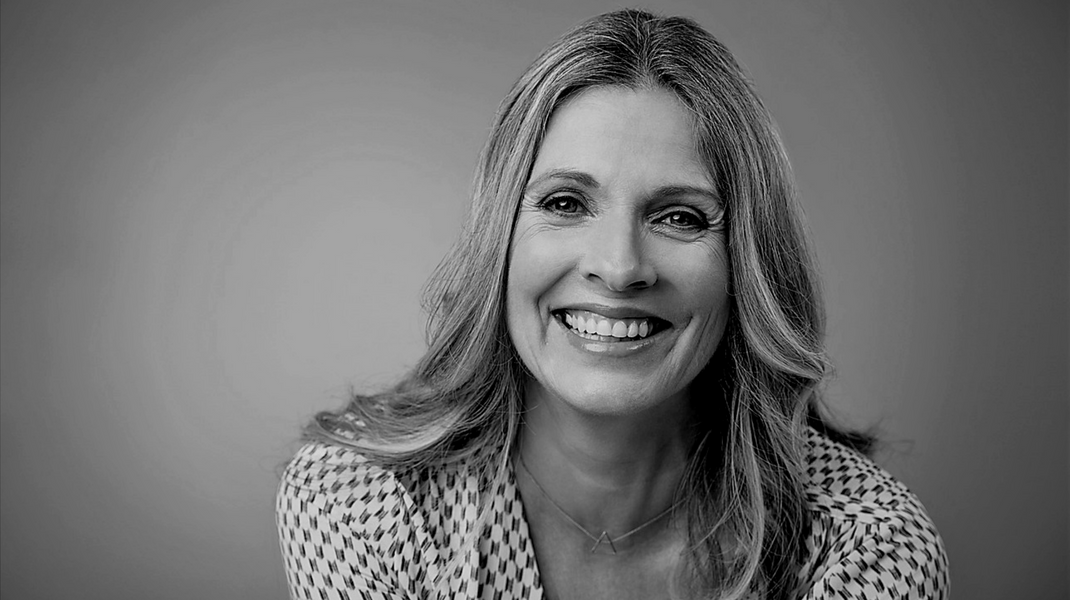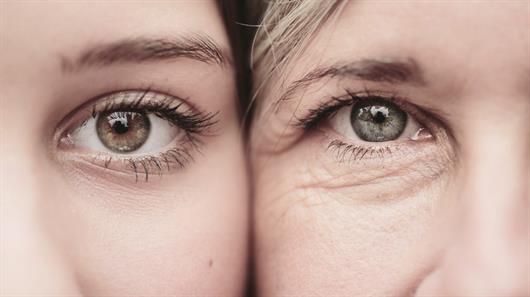Got skin that's acting like a drama queen? Blemish-prone skin can feel like it has a life of its own, with breakouts, bumps, and redness showing up at the least convenient times.
But don’t worry. Whether your skin is more inclined toward blackheads, whiteheads, or the occasional cystic breakout, targeted treatments and proactive habits can make all the difference.
What Does It Mean to Have Blemish-Prone Skin?
Blemish-prone skin is more susceptible to developing imperfections such as blackheads, whiteheads, pimples, and post-inflammatory marks. This tendency is often linked to excess oil production, where the skin’s natural sebum mixes with dead skin cells and clogs pores, creating an environment for breakouts. While oily skin types are more likely to experience frequent blemishes, even combination or dry skin can be prone to occasional flare-ups due to environmental factors, hormonal changes, or irritation from skincare and makeup products.
Unlike acne-prone skin which consistently develops deeper, more persistent breakouts, blemish-prone skin may experience infrequent or surface-level imperfections triggered by stress, diet, or improper skincare routines.
What Causes Blemishes?
- Excess oil production: Sebaceous glands (responsible for producing natural oils in your body) can become overactive due to hormones, genetics, diet, and environmental factors. Androgens like testosterone boost oil production while factors like high-sugar diets, prolonged UV exposure, and harsh skin care can make glands produce even more oil.
- Dead skin cell buildup: When dead skin cells shed unevenly, they can mix with oil and hair inside the follicle, creating a clogged pore. This trapped debris forms the perfect environment for bacteria to multiply, triggering the body’s immune response. As a result, inflammation, swelling, and redness occur, leading to blemishes like pimples and blackheads.
- Hormonal changes: Fluctuations in hormones can overstimulate sebaceous glands, leading to excess oil production and clogged pores. During puberty, pregnancy, or conditions like polycystic ovary syndrome (PCOS), increased androgen levels (such as testosterone) trigger oil production, making the skin more prone to breakouts.
- Genetics: Susceptibility to developing certain types of blemishes can run in the family. For instance, genes involved in inflammation, sebum production, and immune response can make some individuals more prone to developing clogged pores, excessive oil, and severe breakouts. Genetic variations may also affect how the skin reacts to acne-causing bacteria, leading to stronger inflammatory responses and an increased risk of scarring.
- Poor skincare habits: Using harsh cleansers and over-exfoliating can strip your skin of its protective barrier, leading to irritation and overproduction of sebum. Not removing makeup, sunscreen, or sweat properly at the end of the day can clog pores and trap bacteria.
- Sun exposure: UV rays can trigger and worsen blemishes, like dark spots and post-inflammatory hyperpigmentation (PIH) left behind by breakouts. Sun exposure stimulates excess melanin production which makes acne scars and discolouration more noticeable and take longer to heal/fade. Prolonged UV exposure also slows the skin’s natural healing process, causing blemishes to linger.
- Environmental factors: Pollution, humidity, and exposure to dirt or sweat can clog pores and contribute to blemish formation.
- Touching or picking at skin: Constantly touching your face or picking at blemishes transfers bacteria, dirt, and oil, increasing the risk of infection and inflammation. Picking can also damage the skin’s protective barrier, leading to further irritation, delayed healing, and a higher chance of scarring or post-inflammatory. Allow blemishes to heal naturally and use targeted treatments to speed up the recovery process.
Common Types Of Blemishes
When we talk about blemishes, we’re really talking about a variety of skin issues that each have unique causes and solutions. For some, blemishes might mean persistent blackheads, while for others, it’s inflamed cystic bumps.
The truth is, that blemishes can mean different things for different people depending on factors like skin type, environment, and even genetics. This variety is why it’s essential to understand the types of blemishes your skin is prone to and what they may be signalling:
- Blackheads: Sign of oily skin that may be overproducing sebum. Blackheads usually indicate the skin has a build up of dead skin cells that mix with sebum and clog pores. These blemishes indicate a buildup of dead skin cells and sebum. Gentle exfoliation and proper cleansing can help manage them.
- Whiteheads: Unlike blackheads, whiteheads are closed skin bumps, but they indicate the skin is trapping oil and dead skin cells more than usual. Whiteheads form when oil and dead skin cells become trapped beneath a closed pore, preventing oxidation (which is what causes blackheads to darken). Those with oilier skin or slower cell turnover may be more prone to whiteheads.
- Papules: These are often an inflammatory response to clogged and irritated pores. Papules are small, red, raised bumps indicating that the skin is responding to potential bacteria trapped within clogged pores.
- Pustules: Papules become pustules when they’re filled with pus. Again, they’re an indication of bacteria (high leukocytes) or excessive oil protection due to overactive sebaceous glands. Skin that’s often sensitive to bacterial infections may develop pustules more often.
- Nodular Acne: These involve large, inflamed, hard bumps that form deep within the skin, that develop when C. acnes bacteria thrive in clogged pores and lead to severe inflammation. Nodules do not have a visible head and are resistant to most topical treatments, often requiring medication.
- Post-Inflammatory Hyperpigmentation (PIH): PIH (dark spots) develops when excess melanin is produced as part of the skin’s healing response to inflammation from acne, cuts, burns, or friction. It is more pronounced in deeper skin tones due to higher melanin levels but can affect all skin types.
What’s the Difference Between Blemish and Acne-Prone Skin?
Acne is a specific skin condition due to clogged pores, excess sebum production, and bacteria. Acne-prone skin tends to develop blackheads, whiteheads, inflamed pimples, and sometimes deep cysts due to overactive sebaceous glands and hormonal imbalances.
Blemish-prone skin, on the other hand, refers to skin that’s more susceptible to occasional imperfections which can include acne and pimples, but also dark spots, redness, or uneven texture.
A blemish is any mark or discolouration on the skin that may result from minor breakouts, sun damage, or irritation. Unlike acne, which is an ongoing skin concern, blemishes can appear sporadically and often fade with time or the right skincare routine.
So, in short, all acne is a type of blemish, but not all blemishes are acne. Acne is a persistent condition that requires targeted treatment, while blemishes can be caused by various factors.
Do Blemishes Go Away Naturally?
Blemishes like dark spots left behind by breakouts may be able to fade on their own, but the process is slow and depends on factors like skin type, severity of the blemish, and sun exposure. Minor pimples and blackheads may clear within days or weeks, while post-inflammatory hyperpigmentation (PIH)—the dark marks left after acne heals—can take months or even years to disappear fully.
A big factor in whether blemishes heal naturally is sun exposure. Unprotected skin exposed to UV rays can prolong the fading process, making dark spots linger for much longer.
Regular sunscreen use is crucial, as it prevents further damage and allows the skin’s natural healing process to work more efficiently. Without it, even faint discolouration can darken and become more stubborn over time.
You should consult a dermatologist if you’re struggling with persistent blemishes or dark spots that don’t seem to fade. They can recommend targeted treatments like prescription-strength skin care or professional procedures.
Simple Remedies For Blemish-Prone Skin
Here’s a few easy remedies to ease inflammation for mild-to-moderate blemishes:
Follow A Consistent Cleansing Routine
A consistent cleansing routine is essential to managing blemish-prone skin. You may already have a cleansing routine in place, but we recommend sticking to non-comedogenic cleansers.
They clean your skin without stripping its natural oils. But be careful of over-cleansing, as it can cause dryness, prompting the skin to produce more oil.
Cleansing is equally important in the evening, especially to remove the buildup from the day’s activities. Start with an oil-based cleanser to break down oils and impurities, then a water-based cleanser for deeper cleaning.
The right technique and temperature are also key. Lukewarm water balances the skin, while too hot can irritate blemish-prone areas. Gently massage your skin while cleansing and use only ingredients suited for your skin type (sensitive, dry, oily, normal, or combination).
Exfoliate, But Don’t Over-Exfoliate
Exfoliating helps clear your skin’s surface of dead cells and other impurities while preventing oil buildup. Skipping this step can lead to common blemishes like blackheads or breakouts, due to congestion and oil buildup.
Meanwhile, over-exfoliation strips the skin’s natural protective barrier, resulting in dryness, irritation, and breakouts, as the skin compensates for the heightened oil production.
Look for exfoliants with ingredients such as salicylic acid, glycolic acid, or lactic acid, which dissolves impurities within pores and promotes cell renewal. Mechanical exfoliants may be too harsh, but it depends on what works for your skin. Aim for 1-3 times weekly based on your skin type.
Moisturise
Moisturisers come in various properties. First, through occlusion which forms a protective barrier over the skin to prevent water loss. Ingredients like squalene create this layer, helping the skin retain moisture.
Second, humectants like glycerin and hyaluronic acid act as moisture magnets, drawing water into the skin from the air or deeper skin layers. Humectants offer gentle, deep hydration without clogging pores.
Finally, emollients like ceramides soften and smooth the skin by filling in tiny gaps on the surface.
Spot Treatments
Spot treatments help one of the most common types of blemishes: acne. Look for effective ingredients like salicylic or benzoyl peroxide, known for treating mild to moderate acne.
Salicylic acid penetrates the pores to dissolve dead skin cells and prevent blockages, while benzoyl peroxide acts as an antibacterial agent, helping to reduce the acne-causing bacteria that can aggravate blemishes.
Consistency is key with spot treatments, especially for treating isolated spots without widespread irritation. They may not be effective, however, on severe or cystic acne as these often require a deeper approach.
In such cases, the best step would be to consult a dermatologist, who can recommend tailored treatments or prescribe stronger medications if necessary.
Professional Treatments
If you seek professional treatments for those stubborn blemishes, here are some options to consider:
Microdermabrasion
Microdermabrasion exfoliates the outermost layer of the skin using a handheld device with a diamond-tipped wand to gently remove dead skin cells. These are vacuumed away by the same device.
Microdermabrasion helps reduce the appearance of acne, hyperpigmentation, enlarged pores and even mild acne scarring. By promoting cell turnover and stimulating collagen production, microdermabrasion can lead to a smoother, more even complexion with minimal downtime. It’s often recommended for those with mild to moderate blemishes who are looking to refine their skin’s texture.
Cosmetic-Grade Chemical Peels
Cosmetic-Grade Chemical Peels are professional treatments that apply a safe chemical solution to the skin’s surface to exfoliate and rejuvenate. They can address acne, discolouration, blackheads and whiteheads.
We offer chemical peels that come in various strengths to accommodate different skin types and concerns. A consultation with any of our Skin Therapists at Laser Clinics United Kingdom will help determine the most suitable Tailored Treatment Plan for your needs.
LED Light Therapy
LED Light Therapy is a non-invasive treatment harnessing different light wavelengths to reduce acne, inflammation, and breakouts, and address pigmentation issues like sun damage. Each LED Light colour (blue, yellow, and red) penetrates the skin at different depths and has specific benefits.
Microneedling
Microneedling involves a device with fine needles that create tiny, microscopic injuries on the surface of the skin. These tiny punctures activate the body’s natural healing response, prompting a surge of collagen and elastin towards the treatment site. These are both essential proteins for repair and rejuvenation.
However, this treatment is more effective against depressed, not raised acne scars. Its other benefits include reducing the visibility of enlarged pores, fine lines, and even hyperpigmentation over time.
At Laser Clinics United Kingdom, our skilled Skin Therapists are here to guide you through every stage of your skin journey. Take the next step towards blemish-free, glowing skin—consult a Skin Therapist and discover a Tailored Treatment Plan designed just for you.

